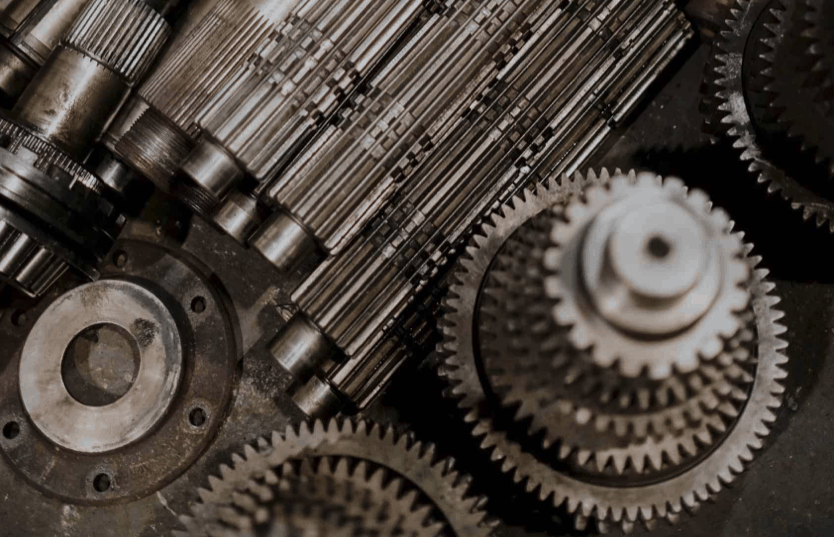There are many functions of our vehicles that we take for granted every time we get behind the wheel. For example, when you are driving in a straight direction and decide to make a turn, there’s a component of your vehicle’s axle assembly that works hard to maintain the stability, power, and speed of your turning wheels. This component is called your differential. In this blog, we explain the purpose of the differential and some common signs that may indicate you might have a developing problem with the differential in your vehicle.
What is the differential?
Your vehicle’s differential is part of the front and/or rear axle assembly. These gears are responsible for distributing equal amounts of torque to the wheels to allow them to travel at different speeds. When a vehicle turns, the inside wheel to the turn needs to travel at a lower speed than the outside wheel. The differential is what controls this for the wheels so that your vehicle remains stable during the turn.
There are different types of differentials based on the type of your vehicle but they are designed to perform the same function.
What are signs of differential problems?
One of the things that many vehicle owners never think about is the fact that differential oil evaporates. Time can be a significant factor not because the oil is worn out but because after five or seven years there will be nothing in the differential or transfer case.
Technicians may be fooled when doing a visual inspection that the fluid level must be fine since there are no leaks. The reality is as the oil lifts off, the level gets lower and the unit runs hotter boiling off a little oil every time it gets hot. It becomes an accelerating situation leading to the catastrophic failure of most often the transfer case and sometimes the differential.
Many typical problems that arise will become evident through various sounds and sensations you may hear or feel while driving.
Sounds:
- Whining sound when accelerating or decelerating
- Clunking sounds on turns
- Rumbling sounds when driving over 20 mph
Sensations:
- Significant vibration while accelerating
It is important to become alert to the sounds and sensations of a possible differential problem, so you can get it addressed by a service professional. Some differential problems can become a safety hazard by making it difficult to turn your vehicle or by locking up your wheels.
How is the differential maintained?
A primary way to keep the differential in good working order is to ensure that it has plenty of differential oil. Differential oil lubricates the moving parts of the differential and many times problems arise when the oil has either leaked in places, or the levels are below the necessary level. Unlike motor oil, the differential oil does not need to be replaced as often. The typical timeframe for replacement is about every 30,000 – 50,000 miles driven in your vehicle. At Shade Tree Garage, we strongly recommend those units be serviced once the car is five years old and every five years after that.
Contact us
Your vehicle’s differential is designed to handle a lot of stress over time, however, there are times when it may fail due to faulty parts, leaks or low oil, or misaligned gears. If you feel there may be a problem with your vehicle’s differential, contact us today at Shade Tree Garage to schedule an appointment. Our service professionals will inspect your vehicle and recommend any necessary repairs.

